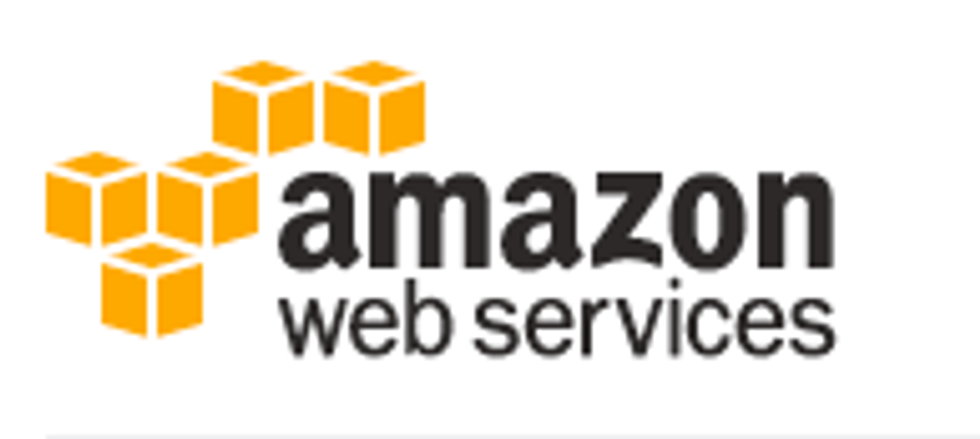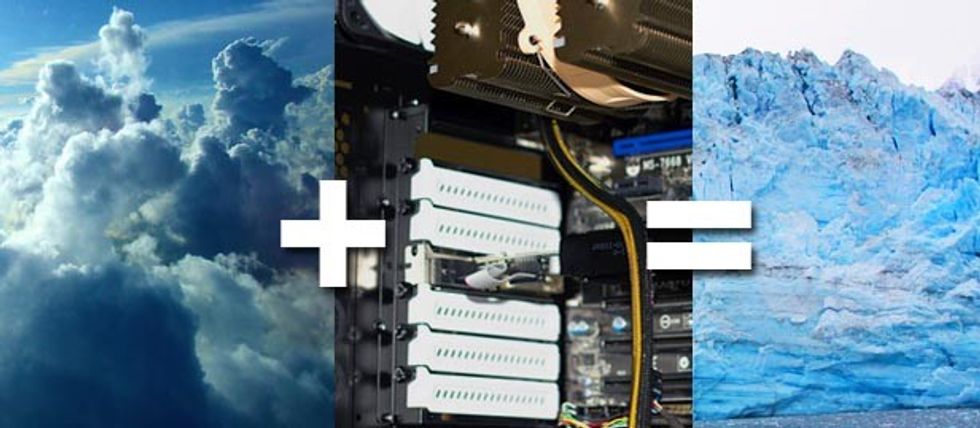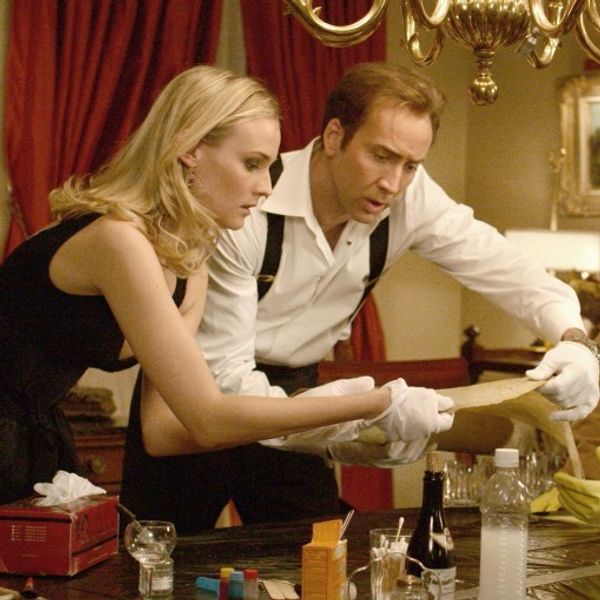Amazon Glacier is an Affordable Cloud Backup Service, Moves at the Speed of...Well, a Glacier

...Hey, you figure out a way to visually represent a cloud server called Glacier, alright?
From the highlights page on Amazon Glacier:
Amazon Glacier is an extremely low-cost storage service that provides secure and durable storage for data archiving and backup...Amazon Glacier is optimized for data that is infrequently accessed and for which retrieval times of several hours are suitable...customers can reliably store large or small amounts of data for as little as $0.01 per gigabyte per month, a significant savings compared to on-premises solutions.
Archiving
So as you can imagine, you wouldn't want to use this service for a project currently in production -- it is purely for archival. I can certainly see the appeal of having my backup drives in the cloud. The accesibility to download them anywhere, even at a cost of "3 to 5 hours" per "archival job." I definitely have many redundant 1TB hard drives sitting in boxes that I have to start up/run/re-stock -- and it appears I'm in good company, as Emile Hanton at CineTechNews explains:
Old projects you’re likely never to touch again but still need to keep around incase a client asks to pull some old footage. Or perhaps it’s the original project files from your short film that you uploaded to Vimeo a number of years ago...What ever form it takes, we all have data sitting on hard drives that are only meant to have a lifespan of 3 to 5 years. So what do we do? Some just keep moving data from one hard drive to another every few years. Some backup to LTO tape, but even LTO Tape, which is suppose to have lifespan of 15-30 years needs to be rotated. I’ve even heard people say LTO needs to be rotated as frequently as every 5 to 10 years. If you’ve got a lot of data, those hard drives and LTO tapes can add up quickly and let’s not forget multiple copies for redundancy, plus offsite storage incase disaster strikes.
The hard drives I store locally contain independent film projects, stuff that I don't have the money to place into a safety deposit box as Hanton suggests in the above article. I have to differ with him on the LTO Tape front, as in the corporate and commercial world, I have had great success pulling back very old archived data from tape backup. Still, I agree with him that the whole rotating of drives and storing offsite (typically at another filmmaker's house that has a stake in the project, in my case) is a hassle that Amazon Glacier could help avoid.
Cost
So there is a convenience factor to Amazon Glacier, admittedly at the cost of being slower than pulling directly from a local drive. The next big question is of course monetary cost. Hanton does a great job summarizing this:
To store 1 TB of data in the least expensive Glacier region it would cost you $10 / month or $120 / year...Take that Glacier storage cost out to three years (the warranty period for most drives) and it has cost you $360 to store 1TB of data, not counting additional costs if you needed to retrieve anything. Where as you could have spent $80 on a hard drive, put it in your closet and had no additional costs if you need to retrieve the data...Now, let’s consider the cost to keep multiple backups. Three copies is my magic number, so $240 for three 1 TB drives. I need to store one of those copies off-site in a safe deposit box or other type of secure storage and that will probably cost about $10 month. That’s the cost to store 1TB on Glacier right there.
I also back up to three drives, though again I typically forego the safe deposit box for a trusted friend or filmmaker. Amazon is championing this service as economical, however in a few years time, you will be paying several times over for what you could handle yourself at home. This is the killer for my independent projects, however I must admit that if I were charging back to a client for storage fees, Glacier would make a lot of sense. And typically for corporate and commercial work I've done post in, there's already a built in storage fee and 7 year limit anyway, making storage the client's problem after that point. Speaking of which -- ever emptied out a closet of betas into the back of your 2005 Grand Am? ...Uh yeah, I mean I haven't either... I drive a Porche. (No I don't.) Anyway, transporting physical media is not fun.
The Cloud?
The other hesitation I have is just with cloud computing in general. Call me an old fogey, but personally it was a kind of "trust transition" getting used to solid state or spinning drive versus dv tape. I suppose it will be a similar transition going from local hard drive to the ominous cloud. But there's something different about not having any access whatsoever to the physical drives your media is stored on. I mean even with LTO Tape services you can get access to the media -- and we're not talking about your Grandma's cooking recipes on Google Drive... this is your blood, sweat, and gaff tape all enclosed in crucial .MOVs. I would never make an archival project backup to Google Drive or services like Dropbox. What's different about Amazon Glacier, other than it being a paid service? It's worth noting that the folks over at Wired seem to have a few hesitations as well.
I suppose I would just prefer Glacier to take the place of one or even two of those three backups I tend to make. And to Glacier's credit, you can mail them hard drives to be uploaded to or downloaded from, ala their AWS Import/Export service. But again, it's at a cost -- a "$80.00 per storage device handled" cost, plus about $3 an hour for transfer.
What are your thoughts on Amazon Glacier? Do you think you could use this in your independent, studio, corporate, or commercial workflow? Another question for you indies -- is this worth building into your post-production budget?
Link: Amazon Web Services - Amazon Glacier
[via CineTechNews]
[Cloud photo by Flickr user Karin Dalziel (CC), server photo by Flickr user Christian Haugen (CC), glacier photo by Flickr user Jay Galvin]

















